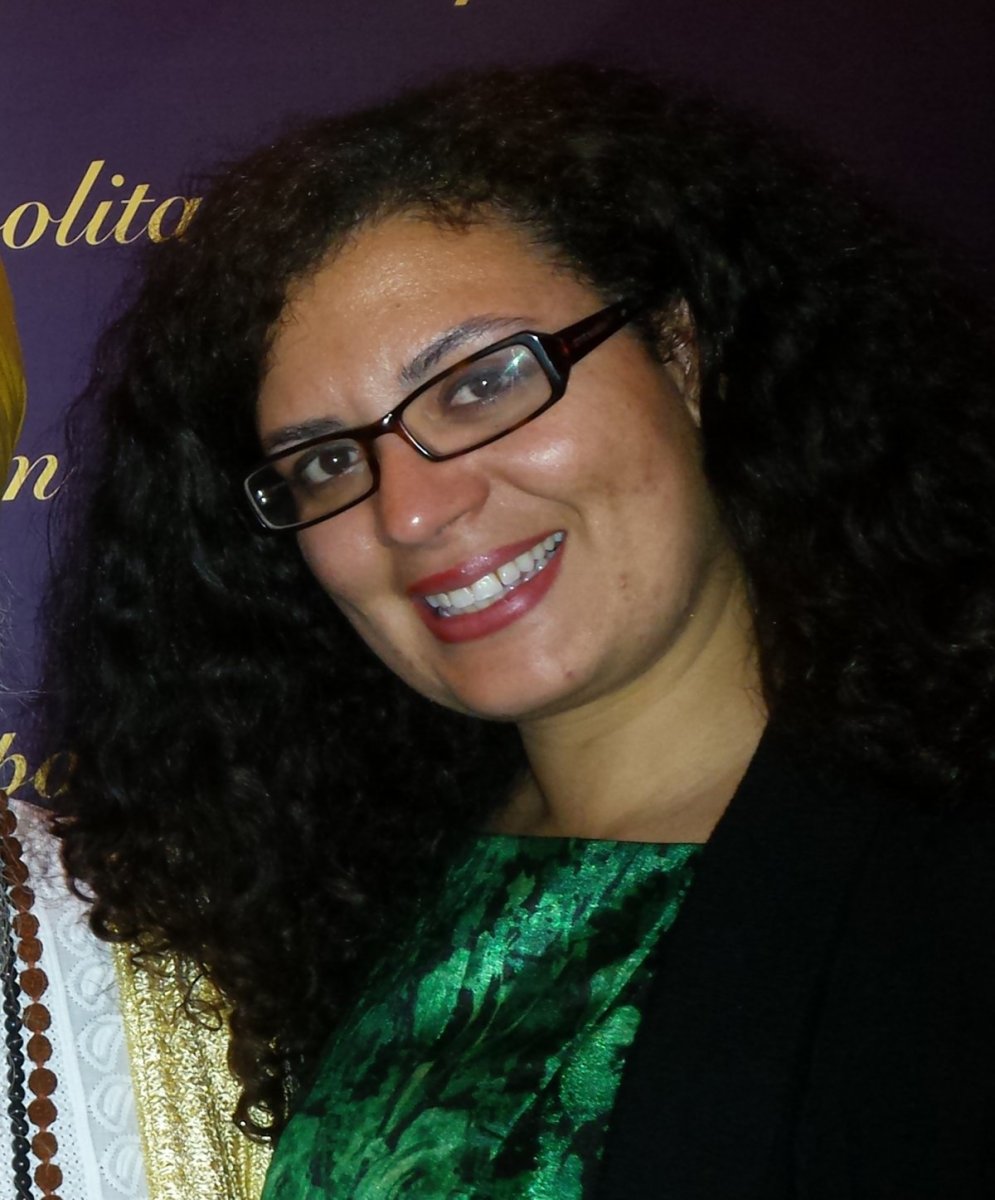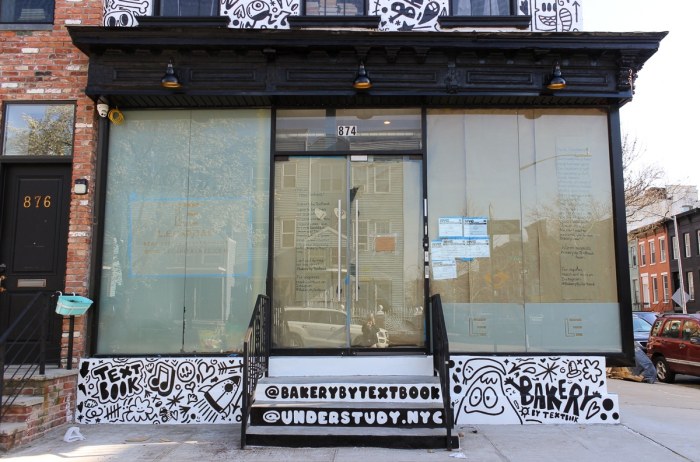
BY MARIA DIAZ | Because of the West Village’s creative and avant-garde nature, it will always be an ever-changing, fluid part of the city. Yet, one thing about New York City has always been constant: the definitive characteristics of our neighborhoods and the diverse and multifaceted opportunities they provide.
So who creates these opportunities? Here at the Greenwich Village-Chelsea Chamber of Commerce, we believe that it is our multitude of small businesses that are co-creating these opportunities, in concert with their stakeholders. Firms with fewer than 20 employees constitute more than 90 percent of the businesses and employ in excess of 1 million people in the city. A recent study by City Comptroller Scott Stringer notes that: “Recent job growth in New York City has been concentrated in these ‘smaller’ small businesses, with companies with fewer than 20 employees responsible for almost 25 percent of new hires between 2007 and 2012.”
Bleecker St. is no longer the center of New York City’s bohemian culture that it once was. It is now populated by nightclubs and fashion design, but this also is changing. Due to the exorbitant commercial rent prices, we now see more than 11 vacant storefronts between Seventh and Eighth Aves. alone. Empty storefronts persist for weeks to months to years as landlords wait for the highest bidder. Many are avoiding locking themselves into 10- or 15-year leases, opting to keep their storefronts vacant until they land a tenant who accepts a higher rate. A March 2015 report on small businesses by Manhattan Borough President Gale Brewer found that: “When small businesses are replaced with chain banks or chain drugstores, the market fails both the business owners and New Yorkers who prefer unique and specialized services.”
Many merchants are hampered by the bureaucracy of New York City — waiting months for applications to be approved.
“Before opening, a New York City restaurant may need to obtain as many as 30 permits, registrations, licenses and certificates and could face as many as 23 separate inspections,” the B.P.’s report notes.
Not only is this expensive, it also takes an average of seven-and-a-half months to properly open a restaurant in New York City. The stress is only amplified in sought-after neighborhoods such as the Village, where the rent is higher than average and businesses need to open as quickly as possible.
Currently, there is a commercial tax on businesses in Manhattan below 96th St. — the Commercial Real Estate Tax. Clearly outdated, the C.R.T. is a tax that equates to 3.9 percent of a small business’s annual rent. The C.R.T. was established as a means for Brooklyn and Upper Manhattan to compete with Manhattan’s city center. G.V.C.C.C. is part of a coalition of nonprofits attempting to raise the exemption of the C.R.T. from $250,000 to $500,000 a year. This tax punishes successful business owners for growing and investing.
Small businesses are the treasures of the Village. We should acknowledge them as such and work to ensure that our neighborhoods remain the creative, historical and vibrant spaces that we all love and appreciate.
Diaz is executive director, Greenwich Village-Chelsea Chamber of Commerce

















